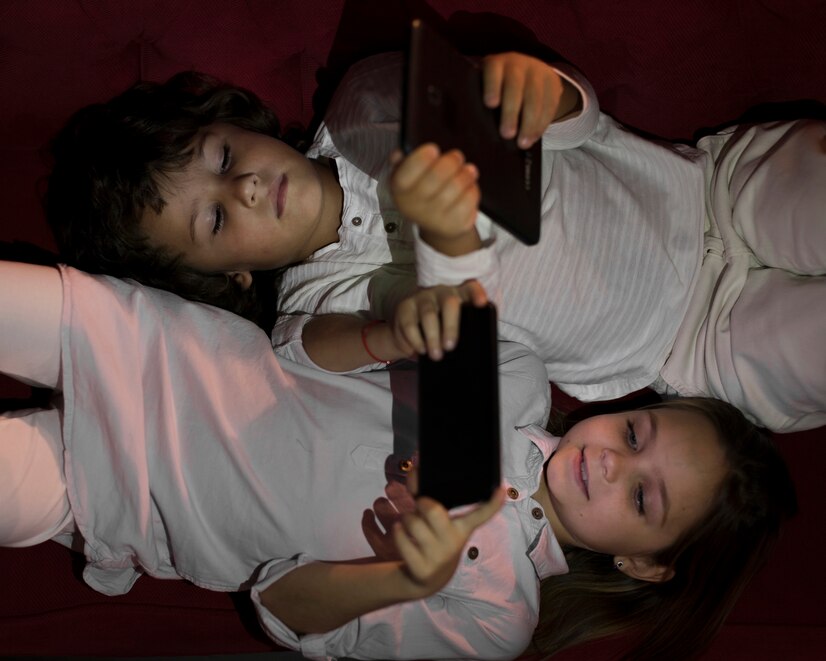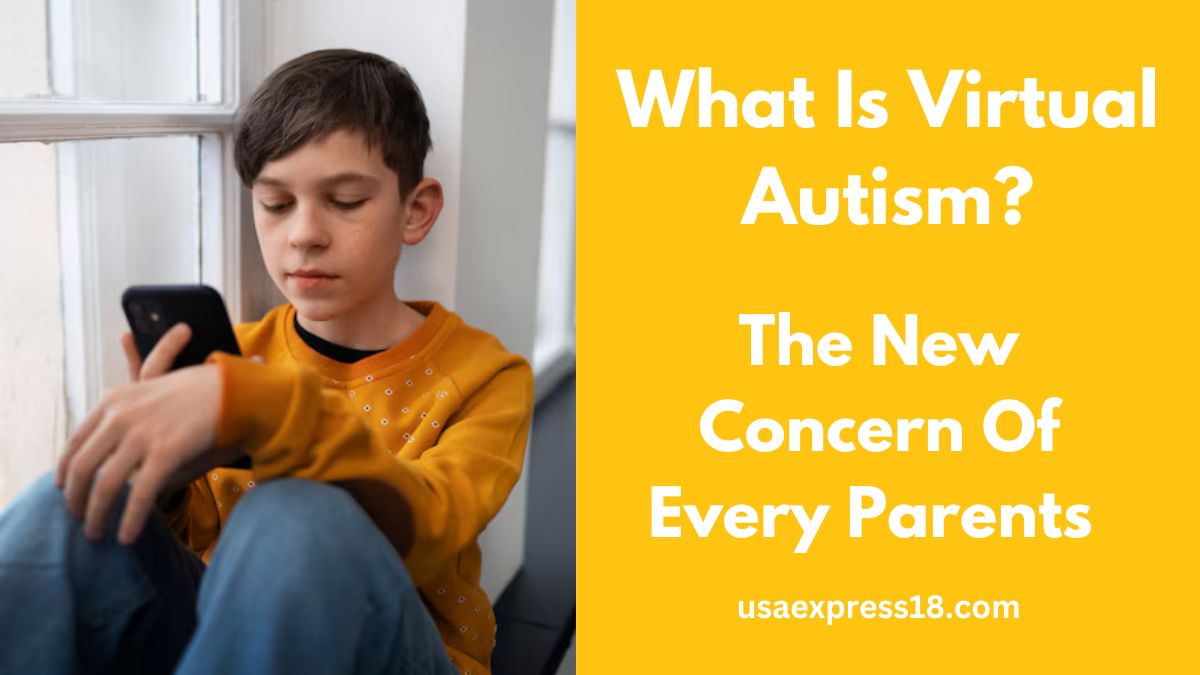Virtual autism is sometimes difficult to assess, but it is important to narrow it down.
”Imagine this: A bright, curious child suddenly withdraws from social interactions. He breaks eye contact and shows all signs of delayed speech development. The parents are confused and worried. Is it perhaps autism? But what if the perpetrator is not a neurological disorder but, rather, something much more characteristic of today’s world: too much screen time?
Indeed, “children are more entranced with screens than ever before and the potential effects on their development are undeniable,” says Dr. Victoria Dunckley, a child psychiatrist specializing in screen-related disorders.”
This new concept has been referred to as “virtual autism”, with the notion that extended exposure to screens in children may simulate or even exacerbate symptoms that are normally associated with an ASD diagnosis. But is virtual autism a recognized diagnosis, or just an area of growing concern in developmental research?
“Children are like wet cement. Whatever falls on them makes an impression.” — Dr. Haim Ginott
If you have a small child at home and he spends most of his time on mobile or tablet etc., then you should definitely worry about ‘virtual autism’. What are its symptoms and how to protect your children from its effects, let’s know
Table of Contents
Smartphone Addiction Causes Virtual Autism Risk

Spending too much time on a smartphone or tab harms young children. Despite knowing this, many people give mobile phones to their children to calm them down.
Gradually, they get addicted to it to such an extent that they cannot live without gadgets. This can be considered normal for some time by considering it as a child’s stubbornness, but its impact can be more harmful than you think.
According to psychologists, this habit is gradually becoming the cause of ‘virtual autism’.
How to understand this problem

‘Virtual Autism’ is actually a worrying condition associated with excessive use of digital devices such as smartphones, TVs and tablets.
This is a condition when young children under the age of two or three are exposed to screens excessively, causing symptoms like ASD. Due to exposure to gadgets, they face communication problems and often strange changes are seen in their behavior.
This problem is especially seen more in those children who have a busy work schedule
Due to this, parents are not able to spend enough time with their children. Although it is not scientifically proven, there is a growing concern that excessive exposure to the screen is affecting children’s vision, behavior and communication.
Psychologist Manish Singh says that since the screen has become an integral part of our daily lives, we often use it as a means to calm children, which inadvertently invites the risk of ‘virtual autism’.
You have to understand that the virtual world is not real. You can see and hear it but not feel or touch it. Children of this age learn by touching, smelling, tasting, seeing, and hearing all the different things around them. In such a situation, when they start being in constant contact with gadgets, they cannot learn anything about the real world.
Due to this, social and emotional development is affected. Children affected by this may show symptoms such as hyperactivity, lack of attention, lack of interest in non-digital games, delay in speech, reluctance to interact with others, irritability, sudden mood swings, and difficulty in learning new things.
In such a situation, parents should reduce their children’s screen time and encourage them to do as many outdoor and social activities as possible.

RELATED POST:
1- Real Talk: Guide to Raising Happy Kids in 2024

Here are some suggestions of things we can do with our children:
- Yoga
- Puzzles
- Fishing
- Board games
- Building blocks
- Hiking
- Cookin
- Drawing or coloring
- Visiting an aquarium or zoo
- Going to the beach
Of course there are many others. The sky’s the limit!
IF you also want a solution to this problem then please comment. I will tell you its solution.
FAQ
1- What are the symptoms of virtual autism?
They are as follows: Impaired Social Skills: Excessive screen time limits crucial face-to-face social interactions for skill development. Language and Communication Delays: Extended screen exposure may cause language and communication delays.
2- Is virtual autism a real thing?
It’s important to note that virtual autism is not an officially recognized medical condition but rather a concept used to describe certain behaviors and challenges associated with excessive screen time in young children.
3- Can a child recover from virtual autism?
While some children may show noticeable improvements within a few weeks of reduced screen time and increased social interaction, others may require several months to a year of consistent intervention. Patience and persistence are key. Remember, recovery is a journey, not a race.
